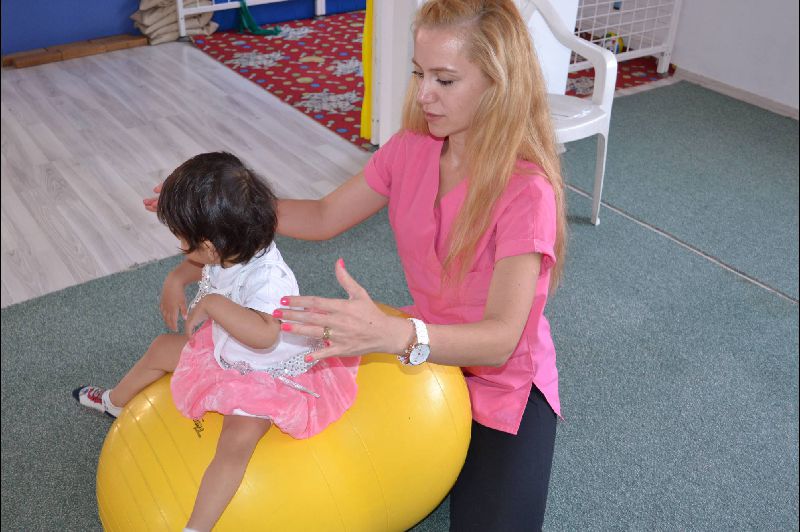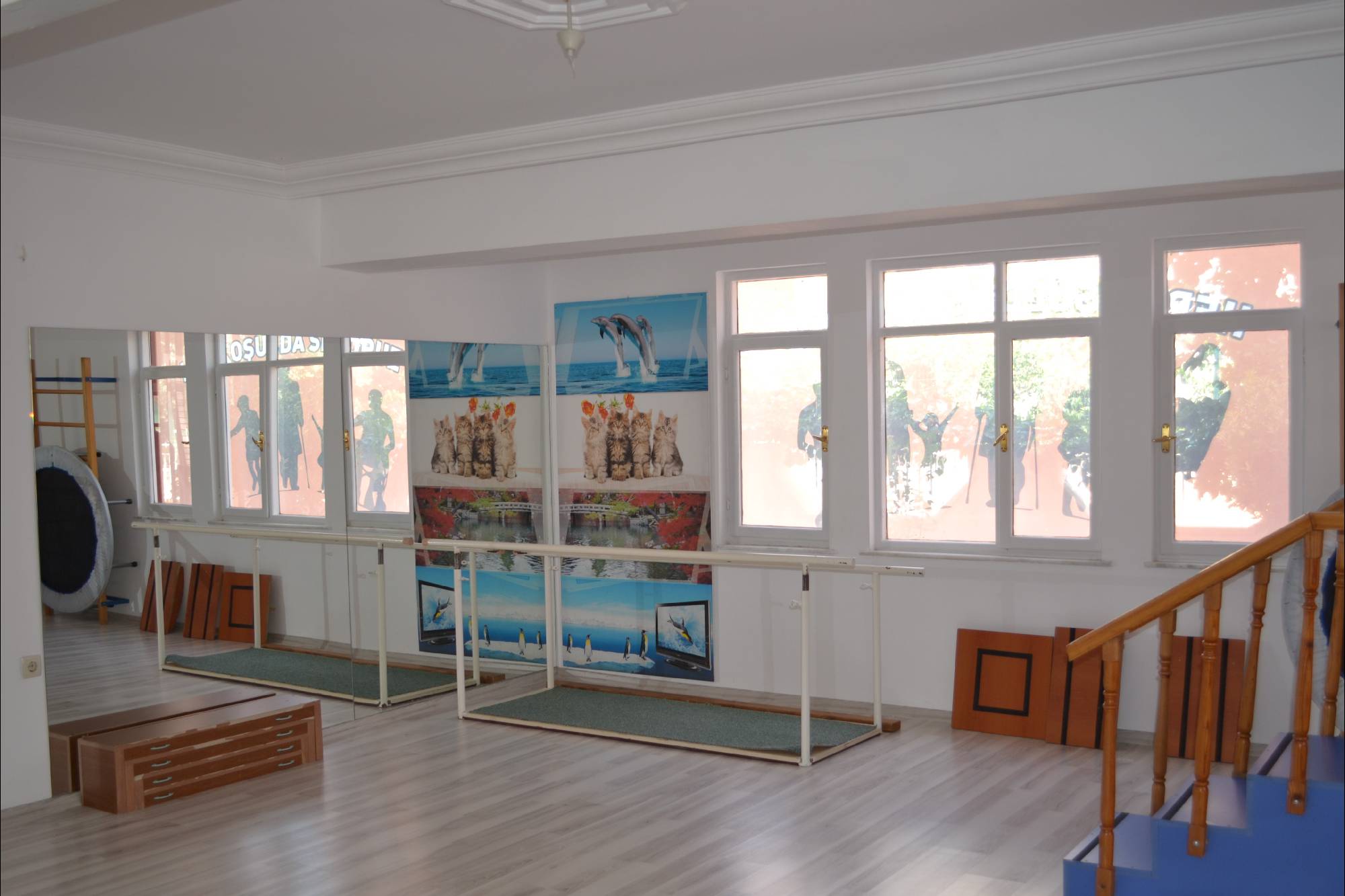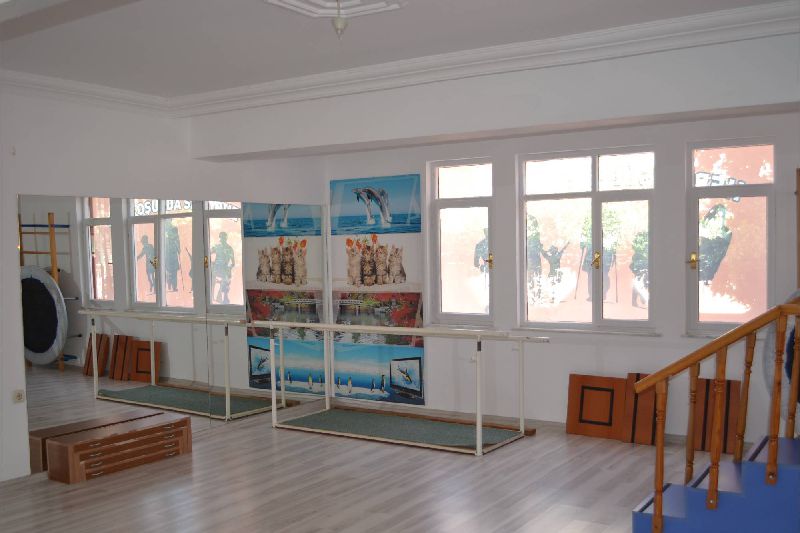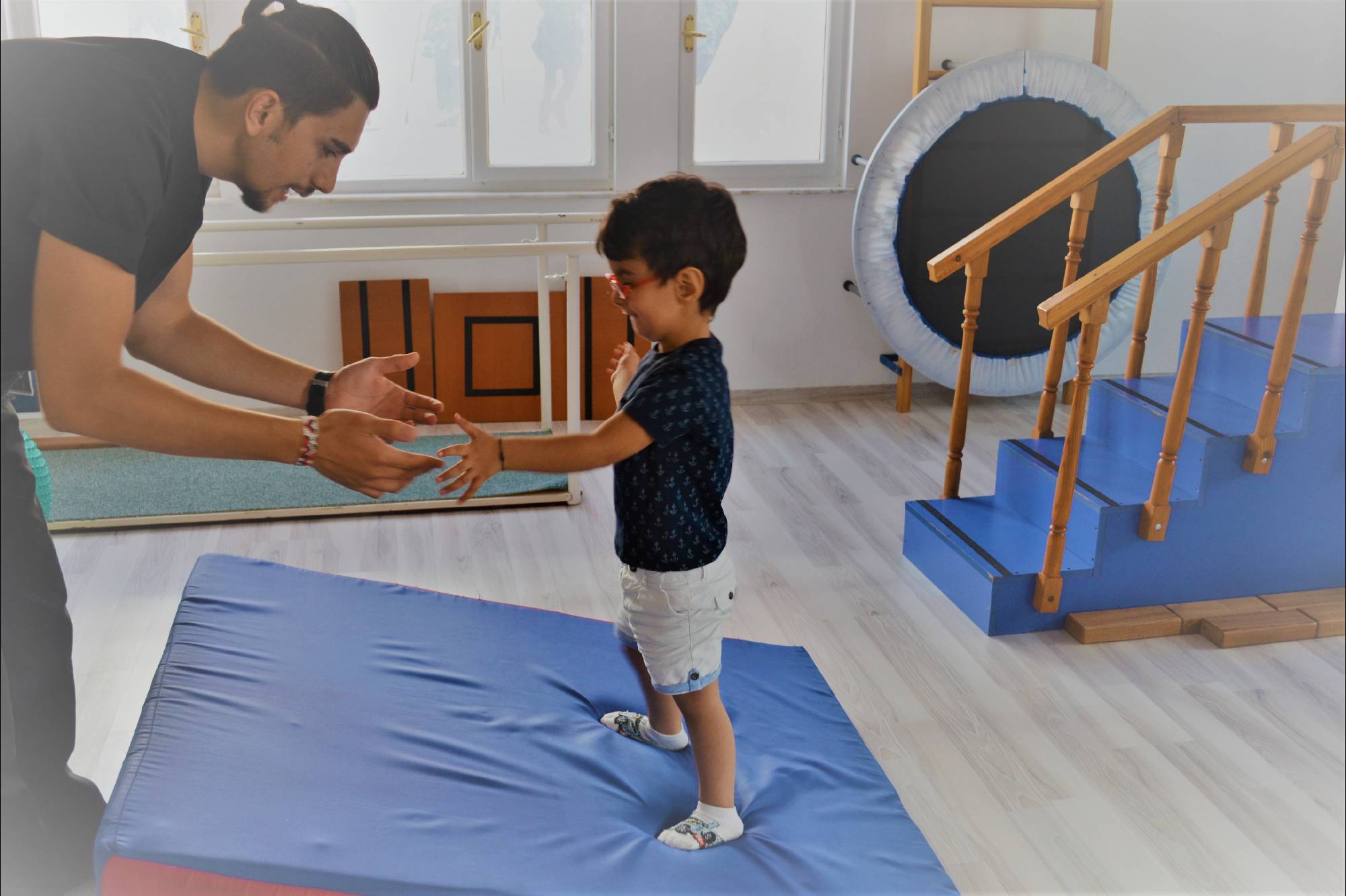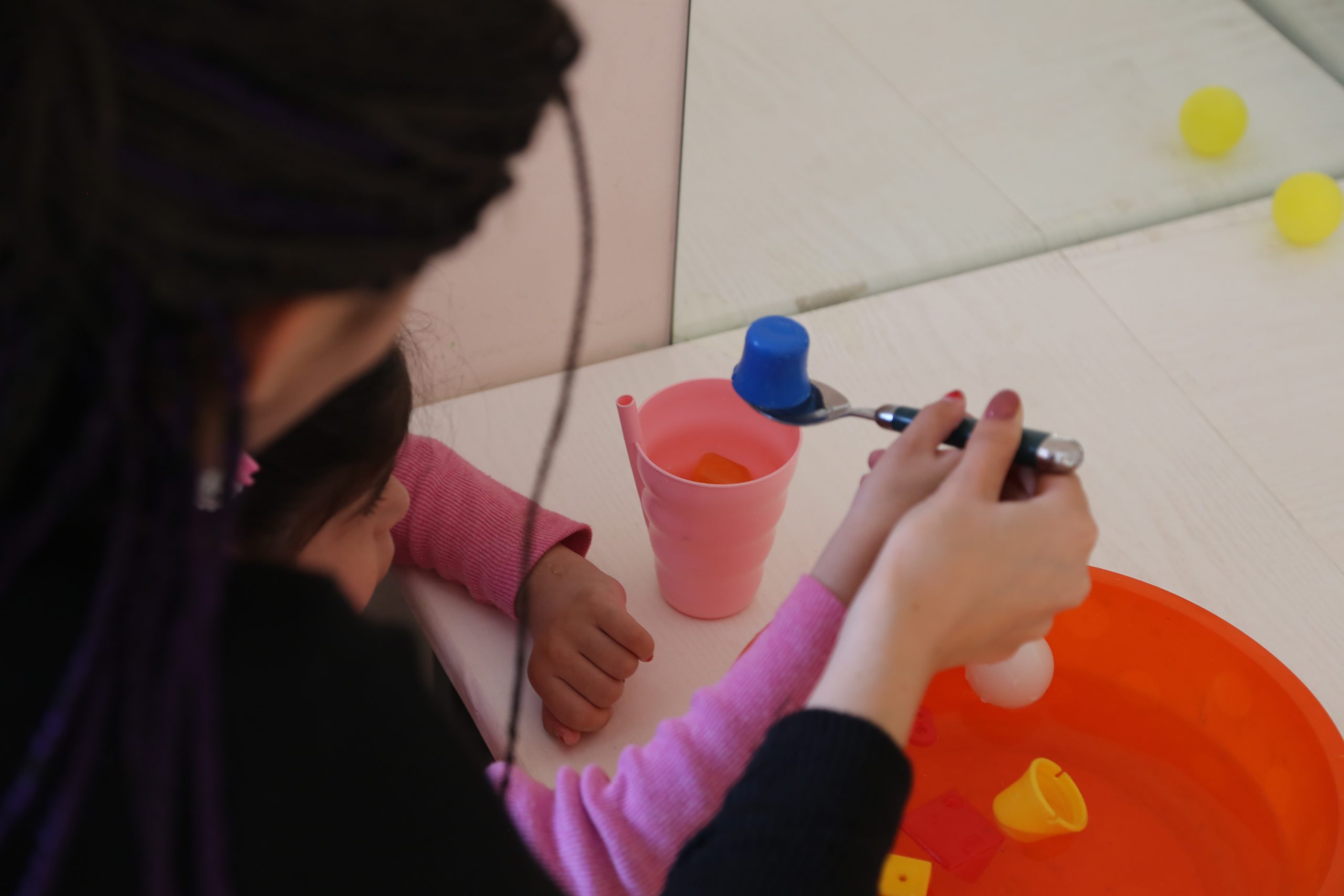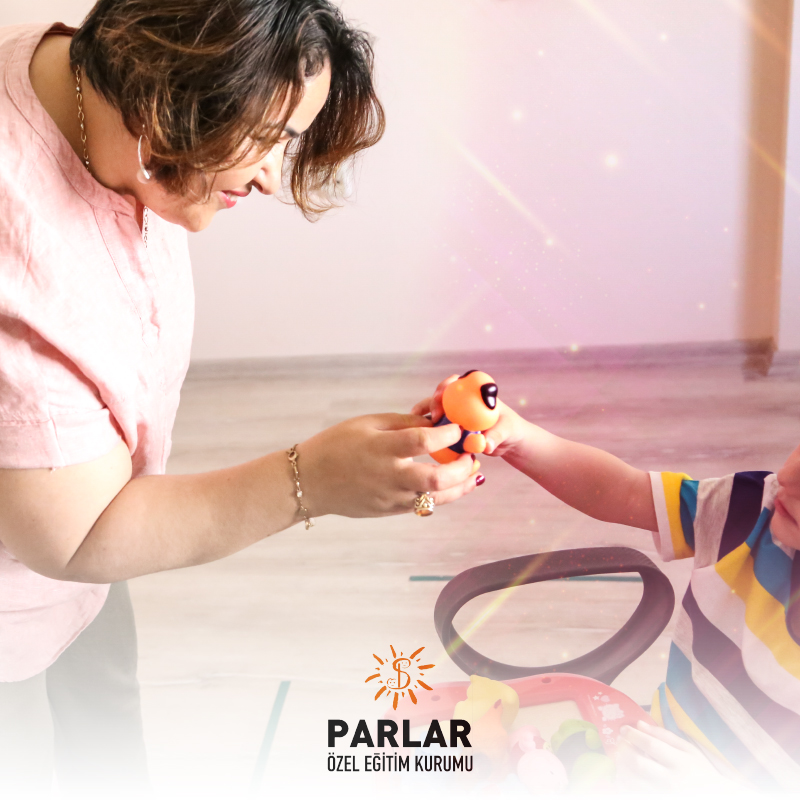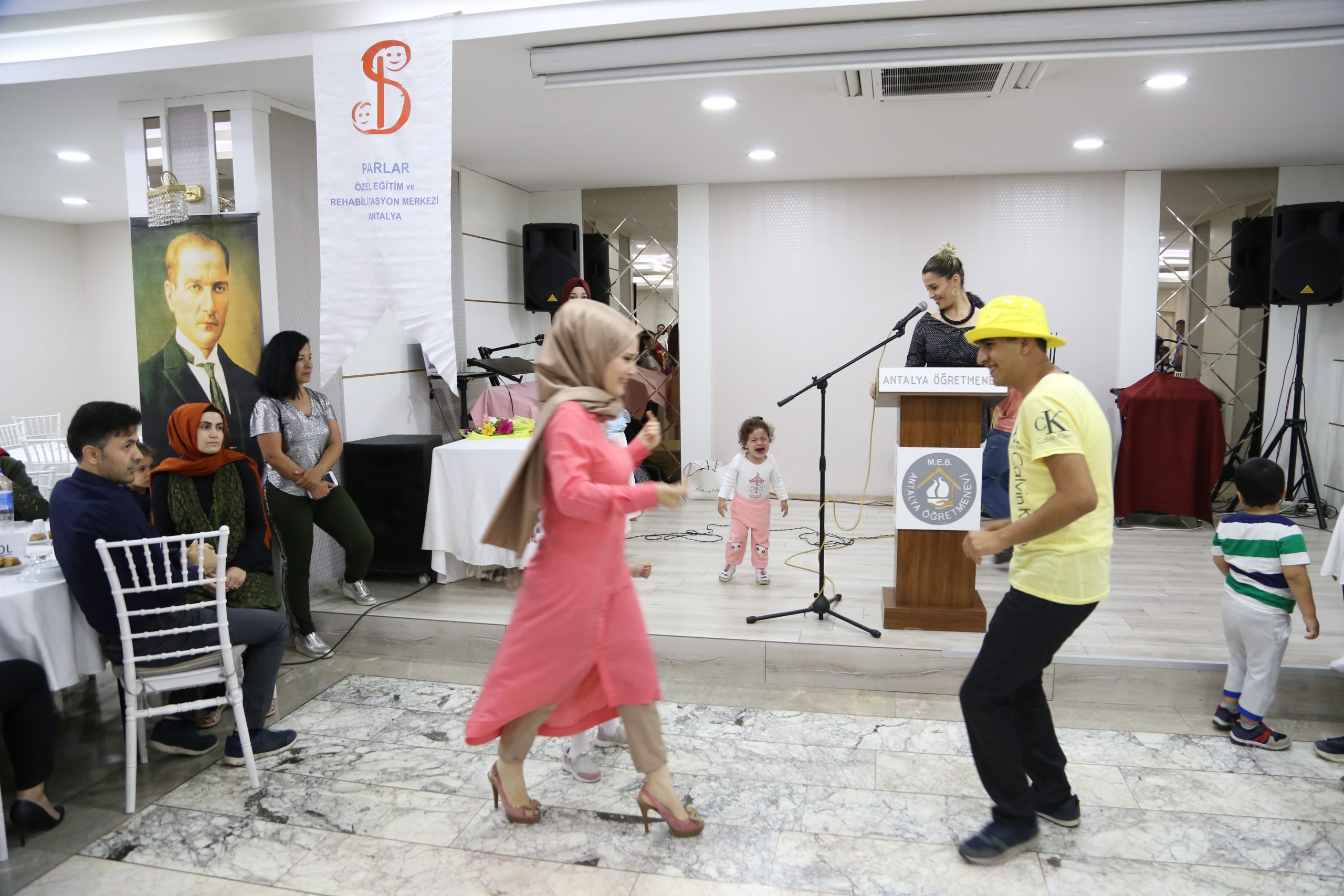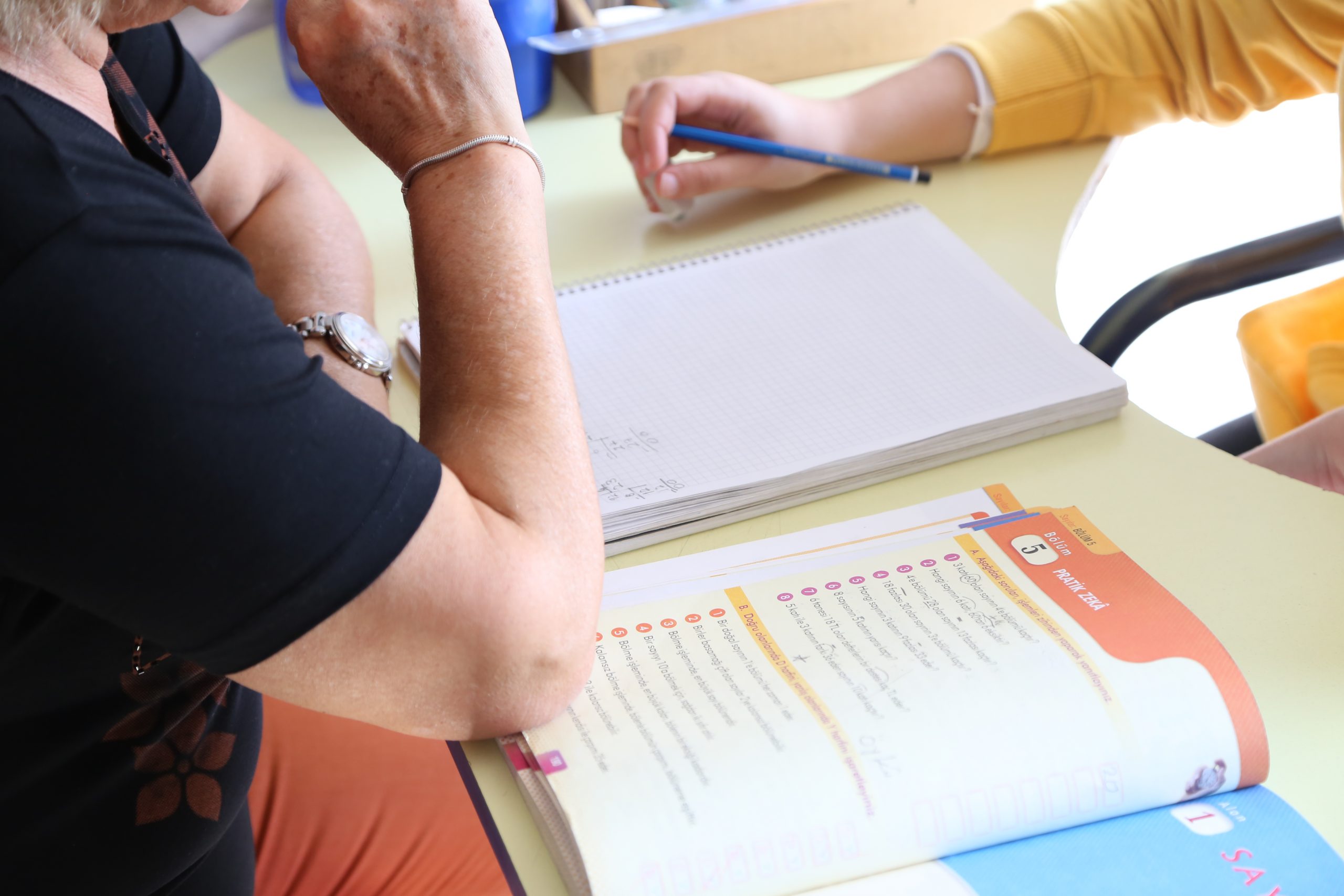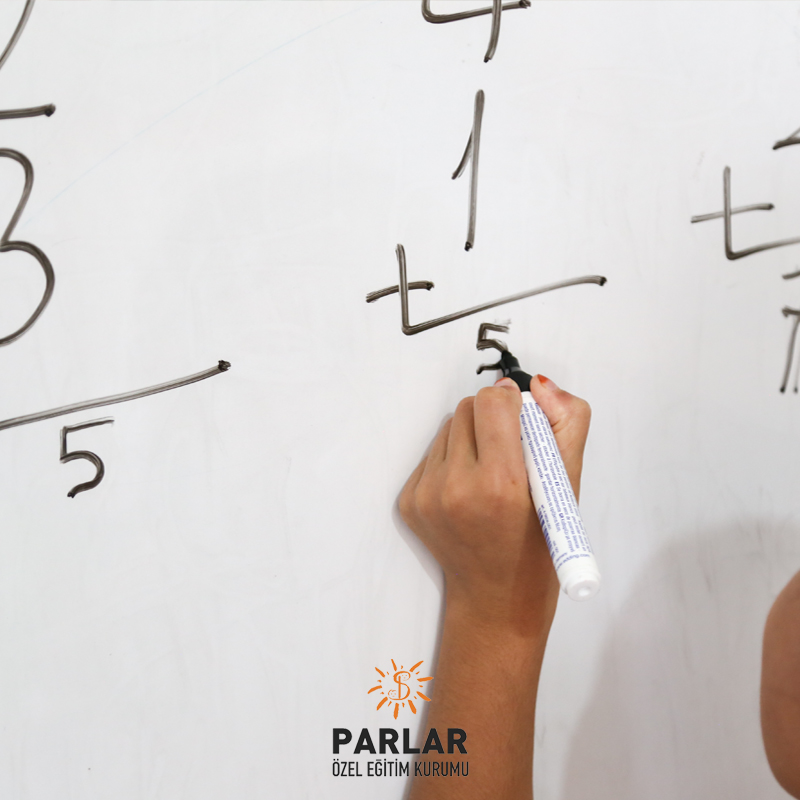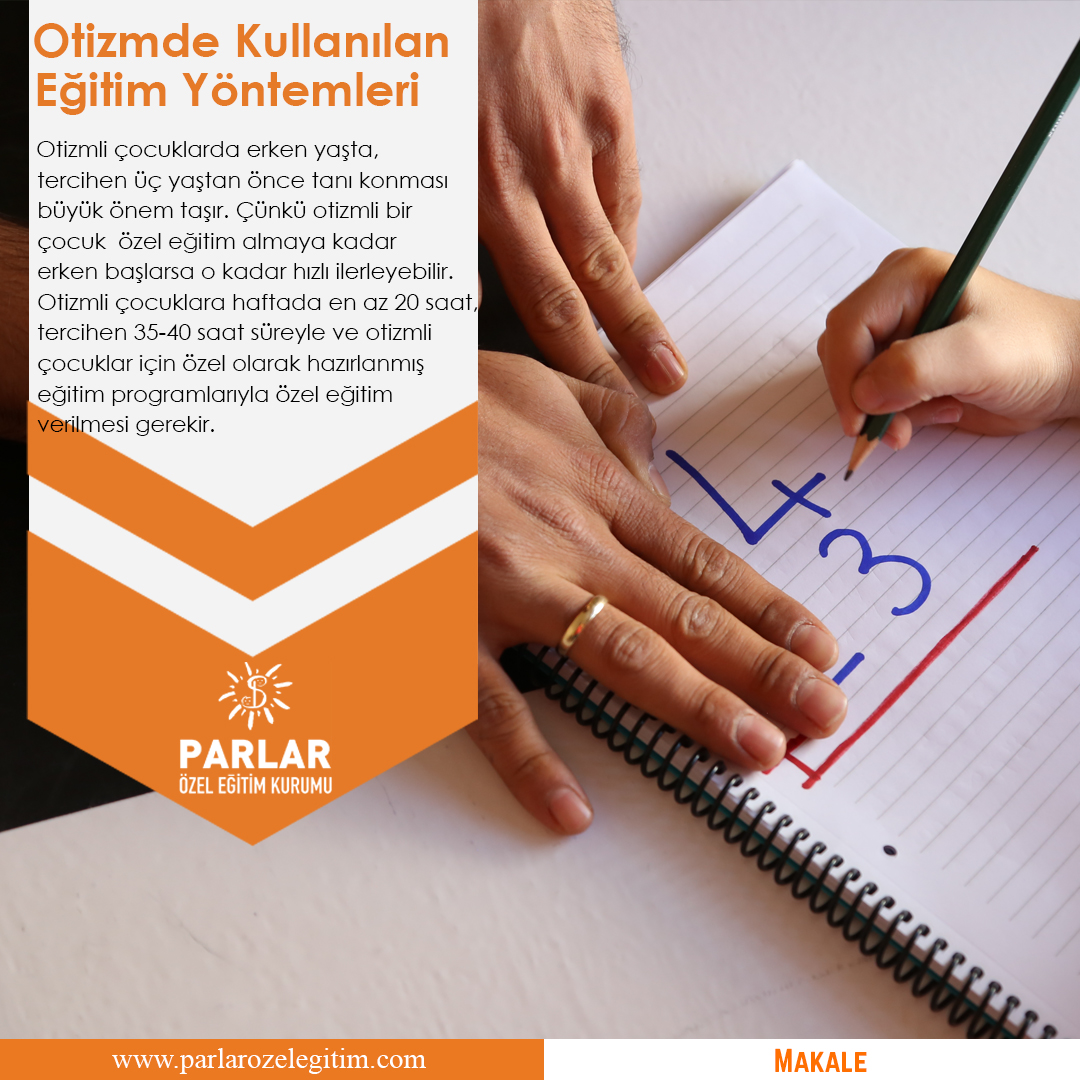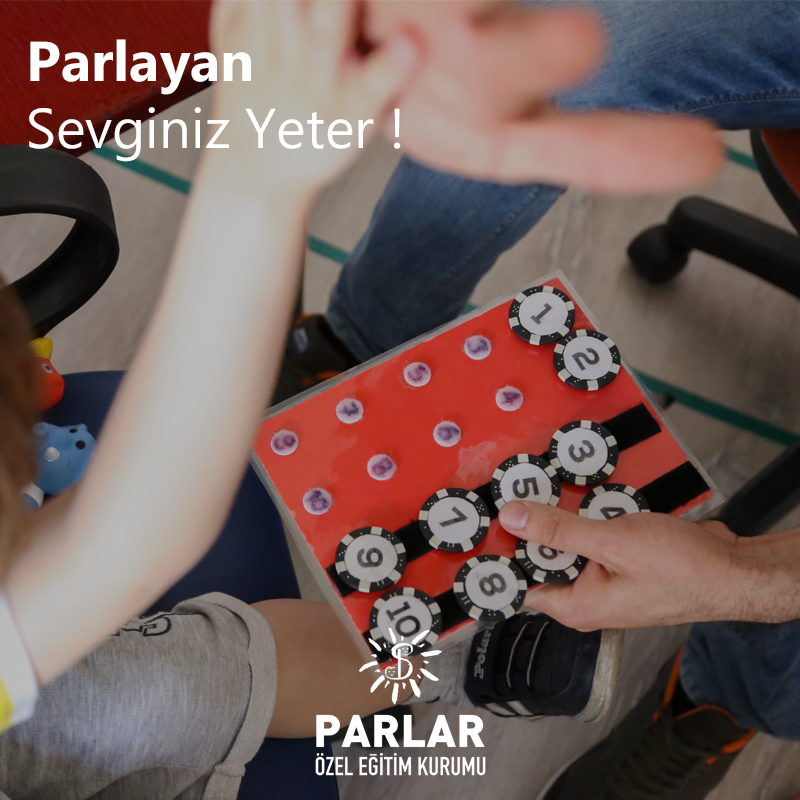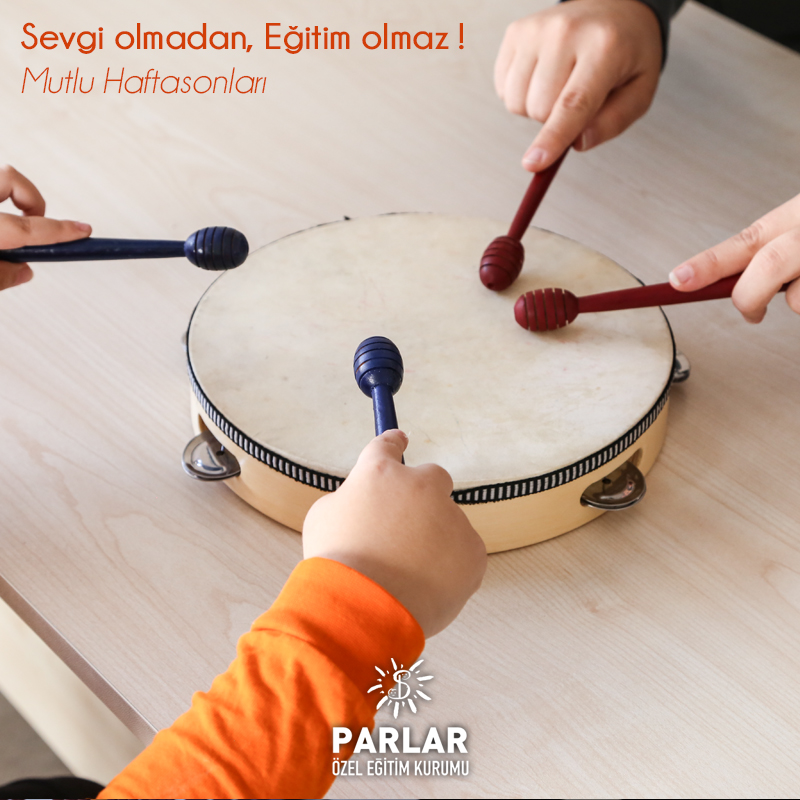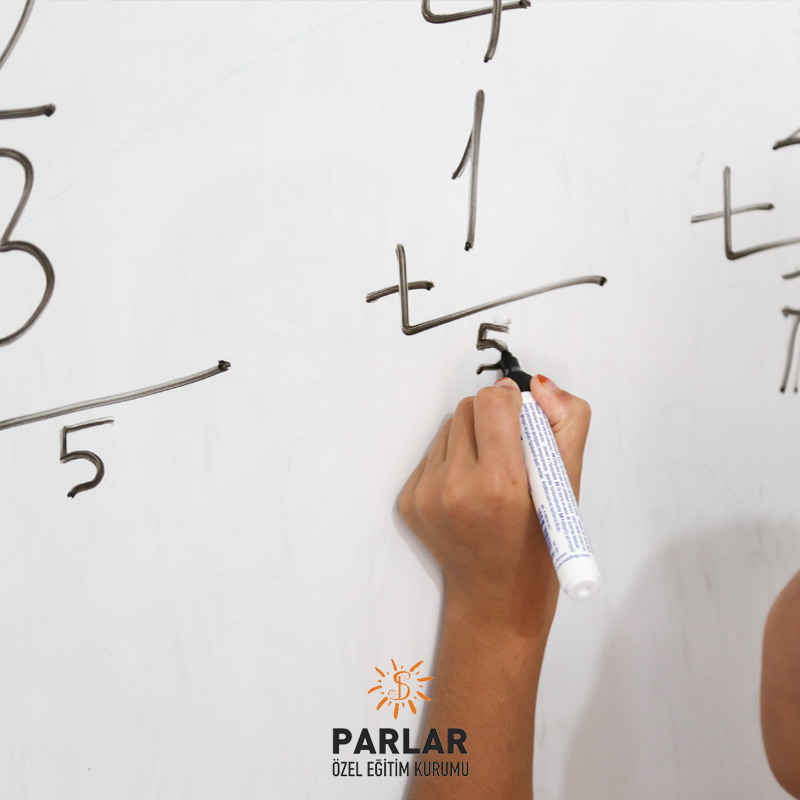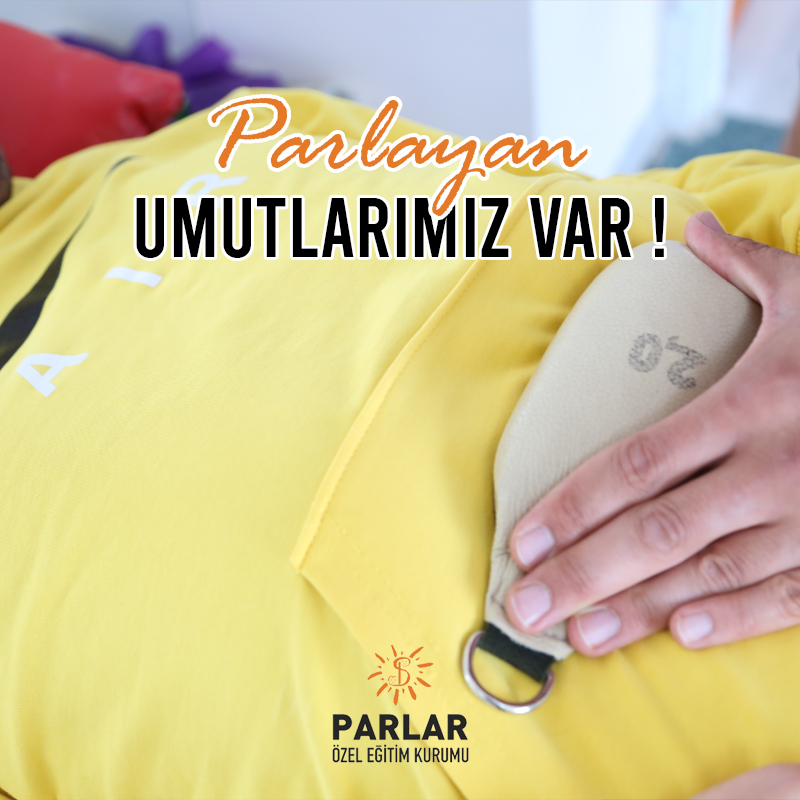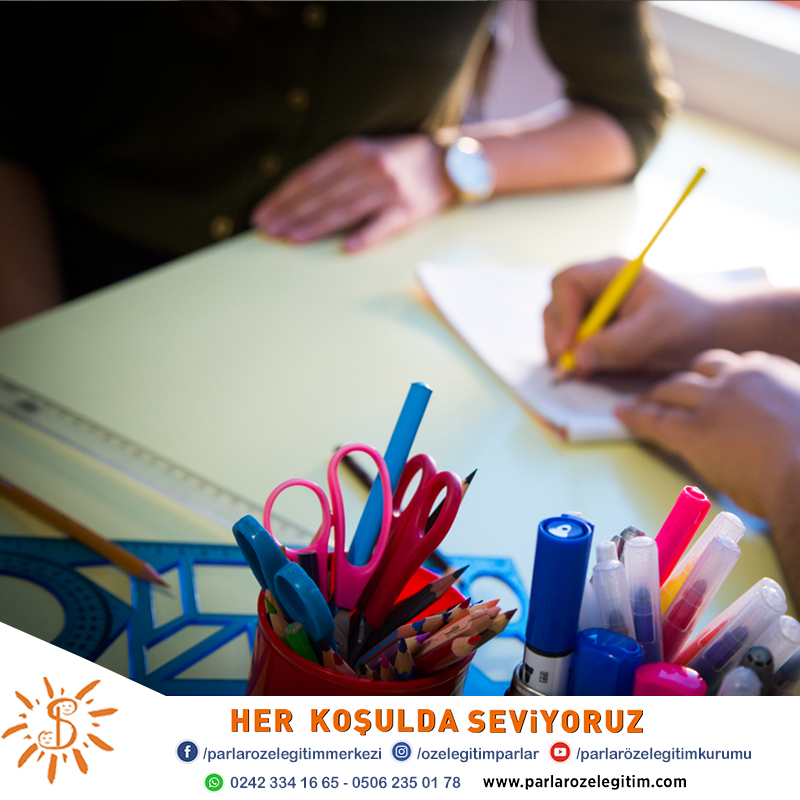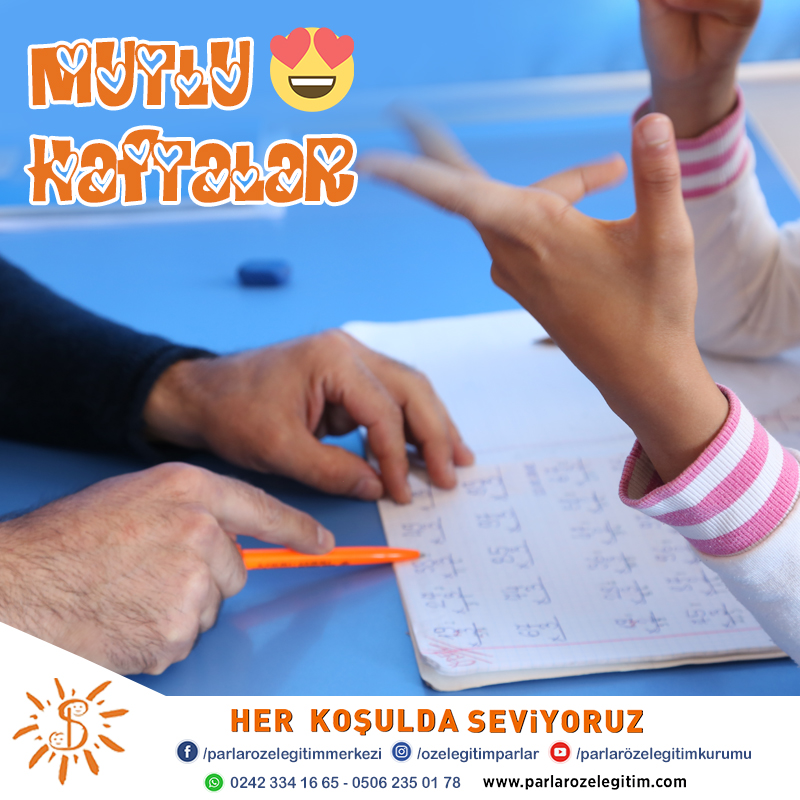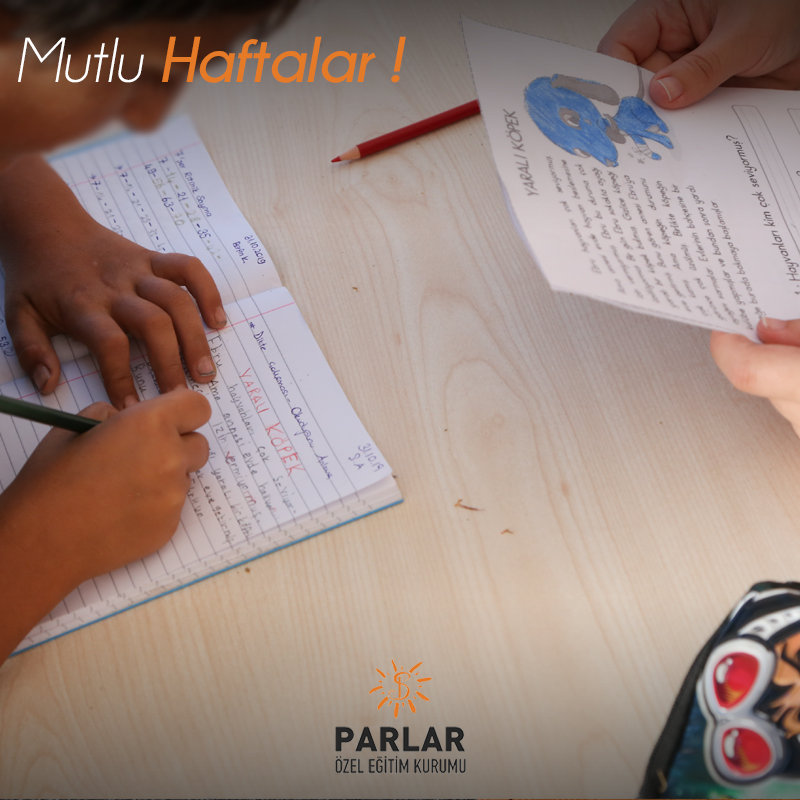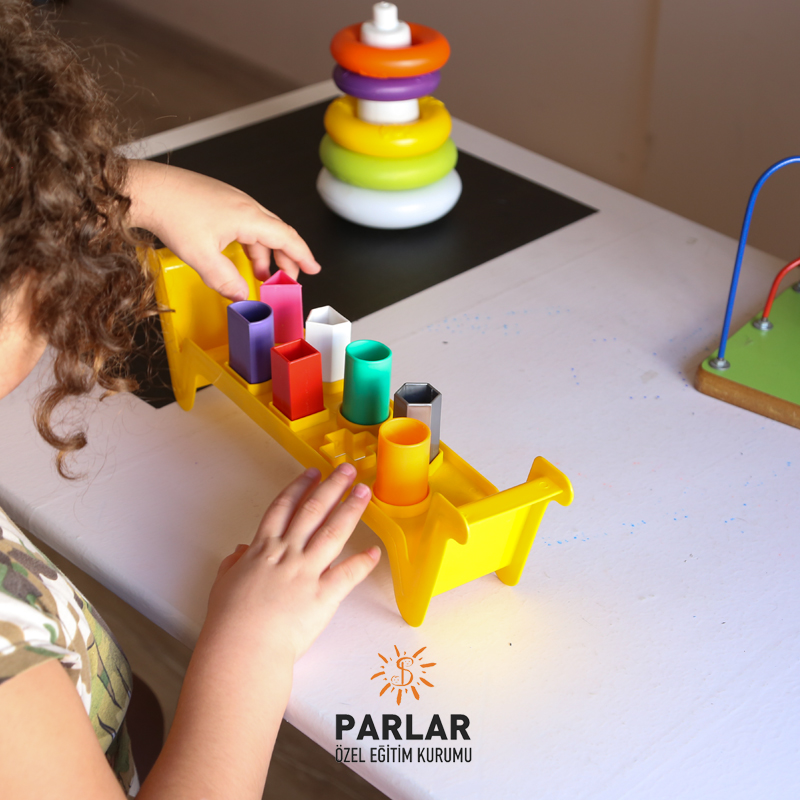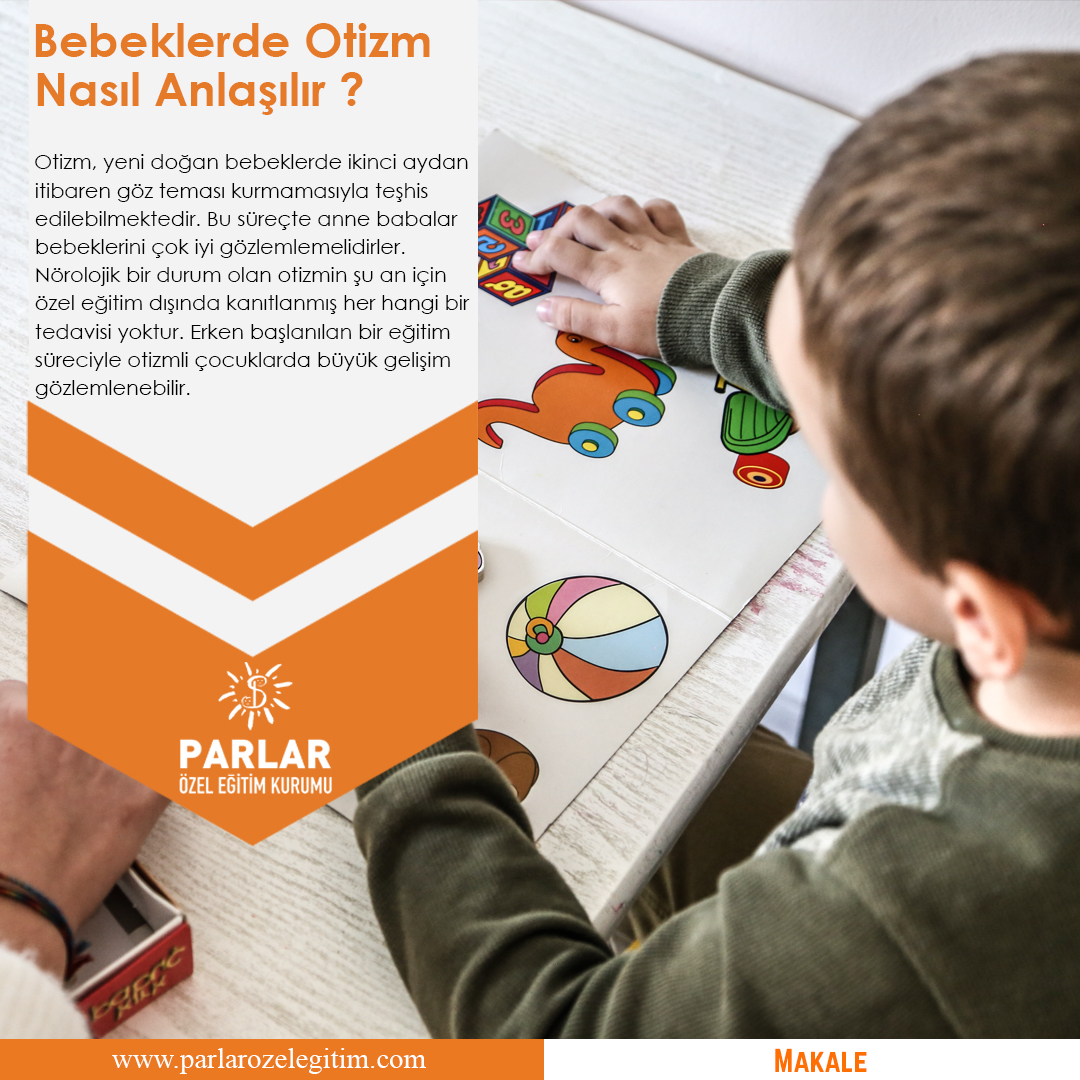Treatment Methods Applied in Physiotherapy
Bobath Concept- Neurodevelopmental Treatment Method (NDT)
Bobath approach is the most used treatment method applied in Turkey as well as all over the world, which is scientifically proven to be the most used today. The Bobath approach is a living concept. It has also been updated and continues to be updated in light of current scientific developments since the 1940s, when it was started to be implemented by physiotherapist Bertha Bobath and his wife neuropsychologist Karel Bobath
The Bobath method essentially sums up a saying that Bertha Bobath said in the 1980s "... We do not teach movement, we make movement possible." Based on this promise, the Bobath Approach is one of the closest and most effective treatment approaches to the nature of the child today in terms of correct grip techniques, positioning, promoting movement, the importance it attaches to family and teamwork in treatment and, more importantly, putting the family exactly where it should be in treatment, considering the current situation of the child.
Bobath Therapist centres on the central nervous system, which is the main problem in children with cerebral palsy. It tries to control the central nervous system by knowing very well the normal motor development steps. With the comprehensive evaluations carried out as a result, it reveals the finding caused by the problem in the central nervous system. Then it determines the needs of the child and applies the needs of the concept in this direction. In doing so, he approaches the child by seeing the whole picture. So he approaches the situation holed up. For a Bobath Therapist, parameters such as normal motor development, muscle tone, reflexes, sensory problems, abnormal movement patters, perception, memory are very important.
Bobath therapy is important in the grip techniques used in these grip techniques to control spasticity by making the child more active, to ensure normal muscle tone, to increase normal motor movements. The family learns these techniques from Bobath Therapist within the scope of family education and continues them at home. He is the most physical and important member of the family rehabilitation team. Therefore, there are studies on the increased effectiveness of Bobath therapy.
Within the concept, the main purpose of treatment can be supported by methods such as horse therapy ( Hypnotherapy),pool therapy(Aqua therapy),sensory make-up therapy, kinesiotape and theratogs.
The use of orthz and adaptive auxiliary devices in Bobath Therapy is very important. Treatment should be supported by methods such as botox and serial plastering that help to regulate the correctly selected orthes and tones in line with the need. In this way, possible musculoskeletal problems will be reduced or eliminated.
In recent years, it has become clear that teamwork is very important not only for the Bobath approach, but also in all other methods. The member of the team who spends the most time with the child is undoubtedly the family and physiotherapist.
SPACE Therapy
Space therapy is a treatment method developed in the field of physical therapy and rehabilitation in recent years and used in many neurological diseases, especially Cerebral palsy. Space therapy is also known by names such as suit therapy, adeli suit therapy and spider therapy.
Space therapy originates from an outfit called Penguin Suit, which is specially developed to prevent negative situations that astronauts will face in space-free environments. This suit is based on the logic of pressuring the large joints of the body to prevent adverse conditions such as muscle atrophy and osteoporosis (bone melting) that may occur because there is not enough load on the muscles and bones in an gravitational environment. Thanks to this special suit, which was first used in neurological patients in 1992, proprioceptive stimulation is revealed by compression created in the bodies of patients. Proprioceptive inputs, which are very necessary for the normal posture of the body, are not sufficient in neurological patients. Thanks to this positive effect of the suit, continuous communication between the brain and muscles has positive effects on the patient's body awareness.
Space therapy includes the Universal Therapy Unit as well as the suit called suit. Patients taken to the cage-shaped therapy unit are connected with special elastic bands and the connected tapes are given the necessary tension. Gravity is eliminated thanks to the voltage force that occurs, it is ensured that the patient performs many movements without gravity that he normally cannot do
The purpose of space therapy:
• Increase the width of movement;
• Increases Muscle Strength.
• Increases Muscle Strength.
• Provides movement learning and planning skills
• Provides various sensory integration methods
• Help develop senses of success and trust
• Reducing pain;
• Increase mobility;
• Increase functional capacity;
• Reducing the formation of contracts;
• Facilitating maintenance.
• Aktif ve pasif hareket sınırını arttırır. Kas Kuvvetini arttırır.
• Increases the limit of active and passive movement. Increases Muscle Strength.
• Increases Muscle Strength.
• Benefits active movements in weak muscle groups by making gravitational force fleshless
• Reducing energy expenditure;
• Reduce spasm frequency, which can be measured in muscle strength and elastic and provides noticeable gains;
• Improves balance
• Improves coordination
• Focuses on a certain functional skill
Benefits of space therapy
• Develops tytyl stimulation(sense of touch),
• Re-regulates the central nervous system
• Re-regulates the central nervous system
• Re-regulates the central nervous system
• Re-regulates the central nervous system
• Provides dynamic correction
• Normalizes the walking model
• Vestibular affects the system
• Improves balance,
• Improves coordination,
• Reduces uncontrolled movements in atstosis and atetosis,
• Improves awareness of the body and space
• Supports weak muscles,
• Supports weak muscles,
• Improves sound production and smooth speech thanks to head control body support
• Helps reduce contracttures,
• Helps to develop hip smoothness thanks to vertical plane loading to the hip joint,
• Helps develop rough and thin motor skills,
• Improves the sense of trust,
• Shortens treatment time,
• Ensures the maximum participation of the child in treatment.
KINESIOTAPING (BANDING)
Kinesiotaping is a special type of banding technique that accelerates the body's natural healing by supporting muscles and joints without restricting body movements. Since then, Kinesiotaping has been used successfully in athletes, pain treatment and physical therapy for nearly 30 years.
Banding has been preferred in physical therapy and rehabilitation applications for many years as a treatment method. This form of treatment, which is especially known in the field of athlete health and protective approaches, has become applied with many different materials. While Kinesiotaping is one of the banding methods, in this method, different from its peers, special tapes are used from acrylic material that can remain on the skin for a flexible and long time and these tapes are applied with special techniques for different purposes.
What are the properties of the tapes used in the Kinesiotaping method?
This tape is made of a cotton material that is very thin and delicately touched. Thanks to the special air ducts located on the adhesive surface, it dries very quickly, so it can remain on the skin even in case of wetting and sweating. It is possible to shower or wash the application area while the tape is glued to the skin due to its acrylic properties. Kinesiotape can remain in the application area for 4 to 7 days (5 days on average), depending on the structure of the skin where the application is performed and the ambient conditions. One of the most important features of the tape is that it is compatible with the stretching capacity of the skin, thanks to this feature, it can adapt to the stresses and loosening that occur on the skin while the tape is on the move. The structure of the tapes developed for this work does not contain any latex or similar active substances that may cause allergies on the skin, but can also be applied to form layers on top of each other if necessary.
How do the effects of this banding method occur?
The human body is designed to move, and the main elements of this movement are the nervous system and the musculoskeletal system. The muscles are located clinging to the skeletal tissue and, under normal circumstances, they contract and give birth to movement through relaxation. If a muscle has to work for a very long time or is loaded above its capacity, small or large injuries will occur in the muscle tissue. As a result of these injuries, the inflamed condition causes pressure in the area between the skin and muscle tissue and this pressure prevents lymphatic current. This fire in the tissues stimulates the nerve ends under the skin that create the sense of pain and evokes a "feeling of pain and discomfort" in the person. This type of pain is called muscle pain or myalgia. Kinesiotape theoretically lifts the skin up and increases the gap between the skin and muscles and relieves the pressure caused by injury or disease in the area. Decreased pressure in the injury area results in increased blood circulation in the area. As a result of decreased tension and sensitivity, the warning of pain recipients under the skin is prevented and painless movement is provided. The main purpose of Kinesiotaping Technique is to support painless movement and to accelerate healing in this way.
Key Effects of Kinesiotaping
- Restoration of the neuromuscular system
- Pain reduction
- Improving performance
- Improving performance
- To increase blood and lymph circulation and accelerate healing
-With kinesiotaping, it can allow painful joints to move with functional support, and the work of tired or weak muscles can be supported. Kinesiotaping method can help muscles work when glued to the perimeter or on the muscles as needed, as it can prevent excessive work of the muscles. If you apply kinesiotaping method with techniques to support lymph flow, you provide a 24-hour lymphatic current support. With the correction techniques included in kinesiotaping applications, you can support the tissues in the body so that you can act painlessly in the earlier period and create effects that will accelerate tissue healing. Kinesiotaping can be used simultaneously with other physical therapy and rehabilitation methods such as cold therapy, electrotherapy. Kinesiotaping applications mainly act on the nervous system, musculoskeletal system and circulatory system, especially given the importance of muscle tissue on body functions and metabolism, the contribution of the application to healing and painless movement will come to the forefront as a very important element in accelerating healing.
In which problems can kinesiotaping be used?
Kinesiotape can be used alone or as an auxiliary treatment option in the treatment of many problems from head to toe with its highly flexible and effective use.
- Preventive applications after or before sports injuries Waist-back-neck pain caused by different causes,
- In cases of hip, knee, foot-ankle pains, shoulder tendon problems, tennis elbow, carpal tunnel syndrome, painful problems involving the wrist and fingers, knee paper problems, Achilles tendon problems, ankle sprains, etc. caused by calcification, rheumatic diseases or an injury
- Posture and posture disorders
- Muscle strength inadequacies seen in neurological diseases and disorders related to movement perception
- Muscle strength inadequacies seen in neurological diseases and disorders related to movement perception
Who can apply Kinesiotaping?
In Kinesiotaping method, it is very important to reach the right conclusion which region, with what techniques, in which direction and for what purposes. Successful application of the technique is to know the anatomy of the muscles, joints, ligaments and circulatory system and to apply the right techniques suitable for the situation, therefore kinesiotape application is carried out by physiotherapists who have taken the courses organized in this regard.
SLIM MOTOR SKILLS
Fine motor skills are the ability to manage small muscles in your child's hands and fingers. The development of fine motor skills begins with your child's ability to capture and grasp toys and various objects around them in their first months.
3 areas in the development stages of fine motor skills attract our attention.
Manual grip: It's a process that starts with keeping objects and toys around your baby beautiful. In the first months there is a "capture reflex" and you want to capture everything around it and take your mouth away. Over time, this will begin to be more controlled.
Finger grip : Your baby’s hand muscles will start to develop and as their experience with these skills increases, they will start to use their fingers more.
Hand-eye coordination: The child's ability to coordinate hand-eye is approximately 4. It is a process that begins with the ability to track and capture moving objects with the gain of object continuity from the month. The child can control the finger and hand muscles through various experiences and perform the activities he wants by focusing on both his hands and fingers and the object he grasps
The aforementioned 3 stages form a step-by-step whole and ensure that he can learn and write writing during primary school.
MOBILE SYSTEM
It is a technique used in cases where joint movements are insufficient and applied manually by the physiotherapist.

